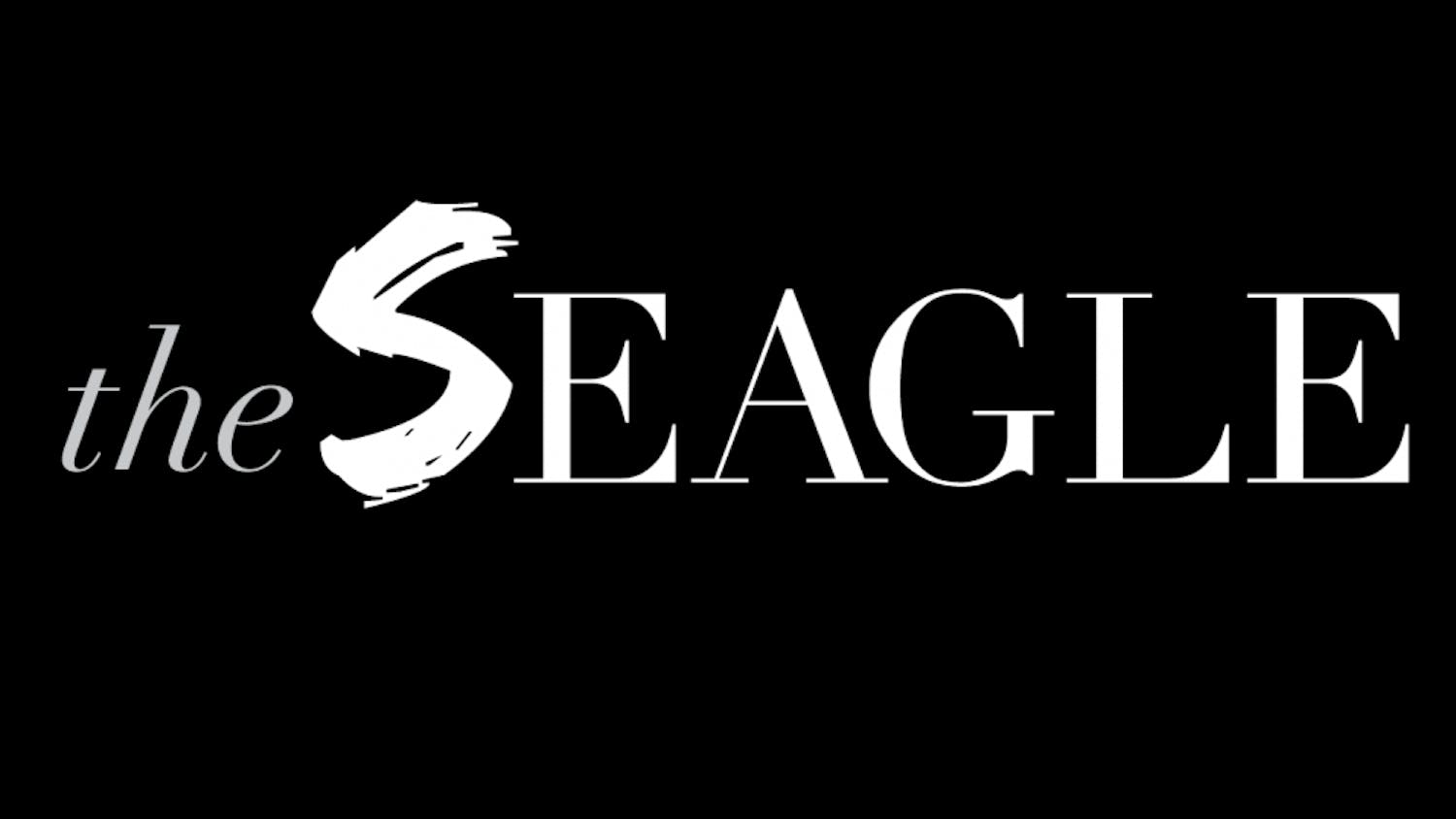By the time I graduate, I want to walk into the meeting room of an AU student media organization and not know the name of every Black person in the room.
By choosing to go to a predominantly white university, I did not take a stance against being around people that look like me. I made a decision to get a degree in journalism at a school that was affordable for my family. However, it seems that I have inadvertently made a decision to study journalism at a school that doesn’t attract Black students to its program, one that was ranked tenth in the nation in 2015 by USA Today.
Over the past three years, I have spent the majority of my time diving in and out of AU’s student media outlets. I have served as a DJ for the radio station WVAU, a columnist for The Eagle and as Editor-in-Chief for The Odyssey Online at American University.
However, the same thing seems to remain true in each organization I’ve joined— there is a huge lack of diversity that baffles me. Many can make the argument that I rarely see Black people or people of color in these student media meetings because there is a lack of students of color on campus in general.
According to U.S. News, AU as a whole ranks as a 0.52 on the diversity index, behind schools like Rutgers, Old Dominion, VCU and Syracuse. With that being said, a lack of diversity within the student body doesn’t explain why long standing student media outlets like the The Eagle, ATV and American Word can have only a handful of Black content creators over the years, while American University National Association of Black Journalist’s site The Blackprint can attract a dozen Black editors, journalists and video editors in under one academic year.
If you ask me, it has a lot to do with a lack of leadership opportunities for students of color. When examining the executive board positions posted on the websites of each student media outlet, you will find that there is a nearly embarrassing lack of diversity at the executive board level for many student media organizations. With the exception of Photo Collective and WVAU, all of AU’s Student Media Board executive boards’ websites currently list 60 percent or more of their executive board members being White or “white passing” as defined by Adrian Piper.
To be exact, according to the most current American Word website, only one of its eight executive board members is a person of color. Of the fifteen people listed as executive board members on the AmLit website, two are people of color. Of the twenty different people listed as producers on the ATV website, 80 percent are White or “White passing.” If you were to look across the spectrum of executive board members listed on the websites of AU student media outlets, you would find that less than 5 percent are Black.
How can that be if a new student media publication was just started this past school year with five Black executive board members? One could argue that the reason for this is that it was created by Black students, but I would counter that by asking, why is it that Black students have to create an entirely new platform to create the content they wish to push forth? Why don’t AU student media outlets foster that sort of creativity and environment?
We may never have the exact answer to this question, but one reason could be the lack of support and sometimes respect for Black life exhibited by American University student media outlets both on campus and off campus. Just last year, a writer at The Rival at American University joked about water poisoning in Flint, Michigan and compared it to jungle juice at a frat party. To make matters worse, the comment was not edited until several complaints were made to the site via social media.
This piece was not written to bash student media outlets for their lack of diversity. I write for The Eagle and currently DJ for WVAU and I do so willingly, but I can’t ignore the fact there is a scarcity of Black people on the staffs.
This is why sites such as The Blackprint are so important. There needs to be a place for Black writers to thrive, but that same environment needs to exist within other student media outlets. I can sit here and write about how welcome I feel in The Eagle meetings, but that would be untrue. Often times, I am one of a handful of people of color and one of two Black people. Not to mention, there are rarely any Black women in the room despite the fact that there are more Black women than Black men on this campus.
We can’t keep ignoring these issues, otherwise they will continue to persist. As I said before, I want to attend a meeting for The Eagle next year and not know every Black person in the room.
I think that’s possible, but leadership in student media outlets need to make that effort, otherwise eventually even more writers will migrate away from traditional student media outlets. I am tired of being told by Black freshmen at The Odyssey that I am the only Black editor they have written for. Furthermore, putting the onus solely on writers and editors of color to bring in other writers of color is an even bigger issue.
I am tired of being deemed as “the Black writer” because I point out offensive writing and matters of diversity that relate to people who look like me. The day I don’t have to write pieces like this will be the day I am at peace with the state of diversity within student media at AU.
Ryan Shepard is a junior in the School of Communication and a columnist for The Eagle.





